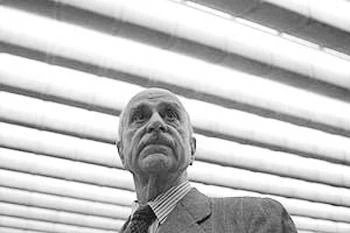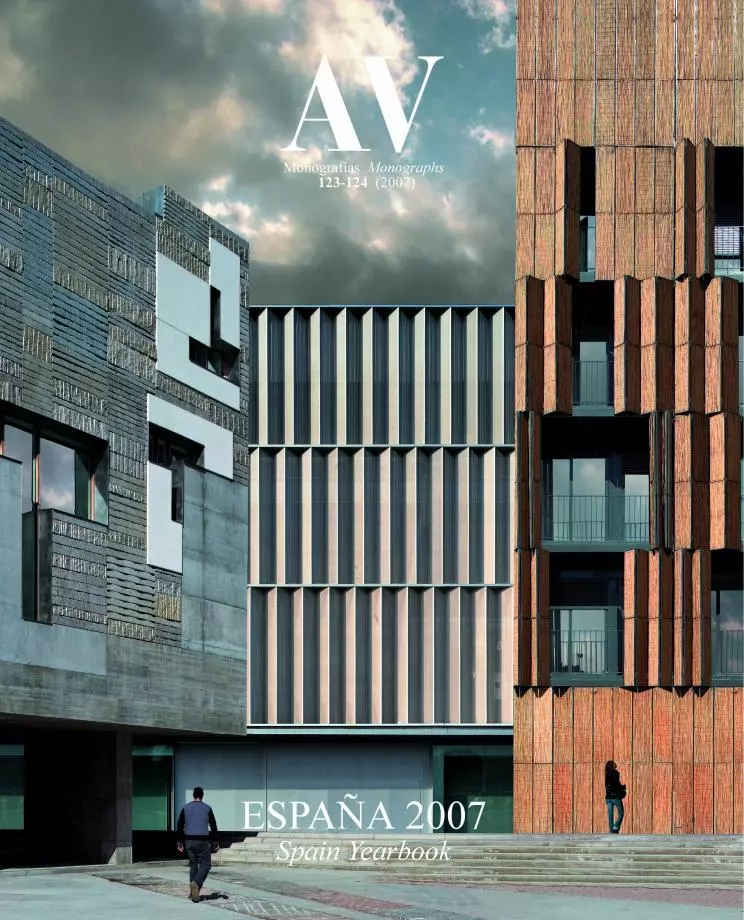
(1913-2006)
“I have always designed with the criterion to understand the architecture but not the forms; therefore, there is no formal criterion, but rather a conceptual one”. It was with this phrase that the architect, born in Daimiel, summed up his own approach to architectural creation. With an extensive career spanning more than six decades, Fisac died in Madrid at the age of 92 leaving a legacy of work that reflects his own innovative and modern language, demonstrating a fertile evolution stemming from the fruits of constant research. He received his degree in architecture in 1942 and that same year was given the project of the chapel of the CSIC in the Colina de los Chopos of Madrid, characterized by its sober classicism. His work can be divided into three periods according to the materials that he chose and the treatment that they received. His first architectural period was characterized by the use of brick as a fundamental material. Influenced by the Nordic designs, which he saw first hand on a trip to Scandinavia in 1949, he built the splendid Institute of Microbiology in Madrid and the Theological Center of the Dominican Fathers in Alcobendas. The sixties saw an inflection in his creation and he embarked on a second stage as he became interested in concrete. Fisac created his singular hollow pieces inspired by bone, using them as beams, pergolas or latticework, and designing buildings such as the Made pharmaceutical laboratories, the Center for Hydrographic Studies, the IBM Office Building in the paseo de la Castellana, all of which are located in the Spanish capital city. At the end of the sixties he built the tower for the Jorba laboratories, popularly known as the ‘pagoda’ and whose demolition in 1999 sparked a controversial public debate. In the third stage of his work, he continued to experiment with concrete, although he opted to give it a padded appearance and flexible formwork, trying to evoke the liquid origin of the material on the facades of his buildings. This period saw the construction of buildings such as the Hotel Tres Islas in Fuerteventura or the Mupag Rehabilitation Center in Madrid. After a period of partial isolation, he received his much deserved recognition with the Gold Medal of Spanish Architecture (1994), the Antonio Camuñas Award (1997), and the National Architecture Prize (2003).





